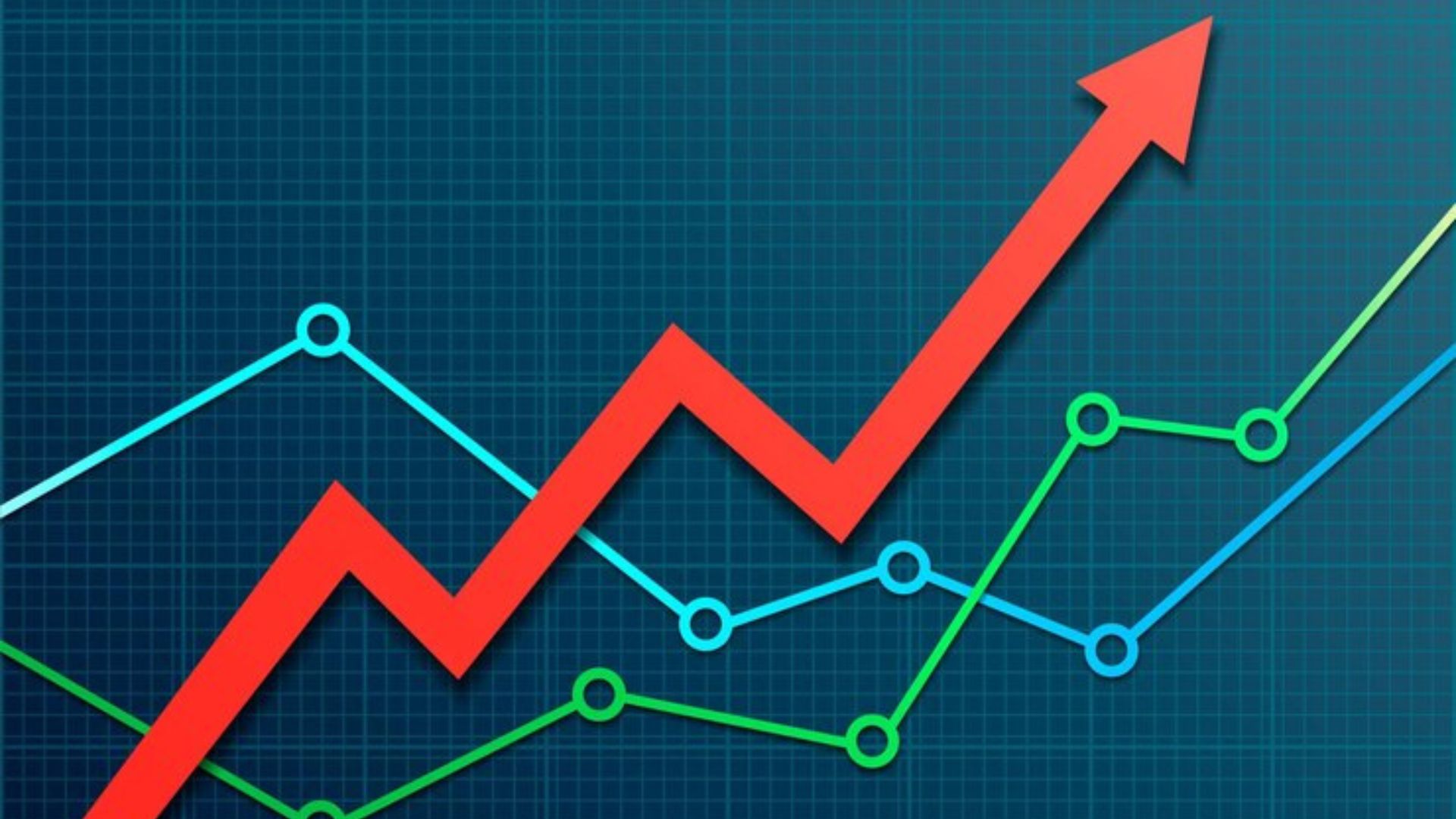
06 May Former CEA Arvind Subramanian Highlights Concerns Over GST Revenue Not Surpassing Pre-GST Levels

Introduction
India’s Goods and Services Tax (GST) collections soared to unprecedented levels in April 2024, reaching a staggering ₹2.10 lakh crore. However, despite this record-breaking achievement, former Chief Economic Adviser (CEA) Arvind Subramanian has raised concerns regarding India’s GST revenue for fiscal year 2023-24 (FY24). Subramanian’s remarks shed light on the persistent challenge of GST revenue remaining below pre-GST levels, even after seven years of implementation.
Analysis of GST Collections
April 2024 witnessed a remarkable milestone in India’s GST journey, with collections crossing the ₹2 lakh crore-mark for the first time. This surge in collections reflects a significant 12.4% year-on-year growth, driven by robust domestic transactions and imports. However, despite this growth, GST revenue for FY24 remains below pre-GST levels, as highlighted by Subramanian.
Arvind Subramanian’s Remarks
Subramanian took to social media platform ‘X’ to express his concerns regarding India’s GST revenue. He emphasized that at 6.1% of GDP, GST revenue has not surpassed pre-GST levels, despite recovery from the COVID-19 pandemic and improved implementation. He stressed the importance of focusing on revenues net of refunds, rather than headline collections, for a more accurate assessment.
Government Data Insights
Government data reveals that April’s record-high GST collections were driven by a strong increase in domestic transactions and imports. After accounting for refunds, the net GST revenue for April stood at ₹1.92 lakh crore, marking a significant increase compared to the same period last year. State-wise, Maharashtra led with the highest collections, followed by Karnataka and Gujarat.
State-wise Collection Trends
State-wise collection trends showcase varying growth patterns, with Northern States like Uttar Pradesh, Punjab, Haryana, and Delhi contributing significantly to April’s GST collections. The correlation between economic activity in March and higher GST collections in April underscores the impact of fiscal year-end transactions on revenue figures.
Expert Opinion
Experts weigh in on the significance of April’s GST collections, highlighting the positive momentum in revenue generation. However, they also acknowledge the challenges posed by GST revenue remaining below pre-GST levels, despite sustained economic growth and policy interventions.


No Comments